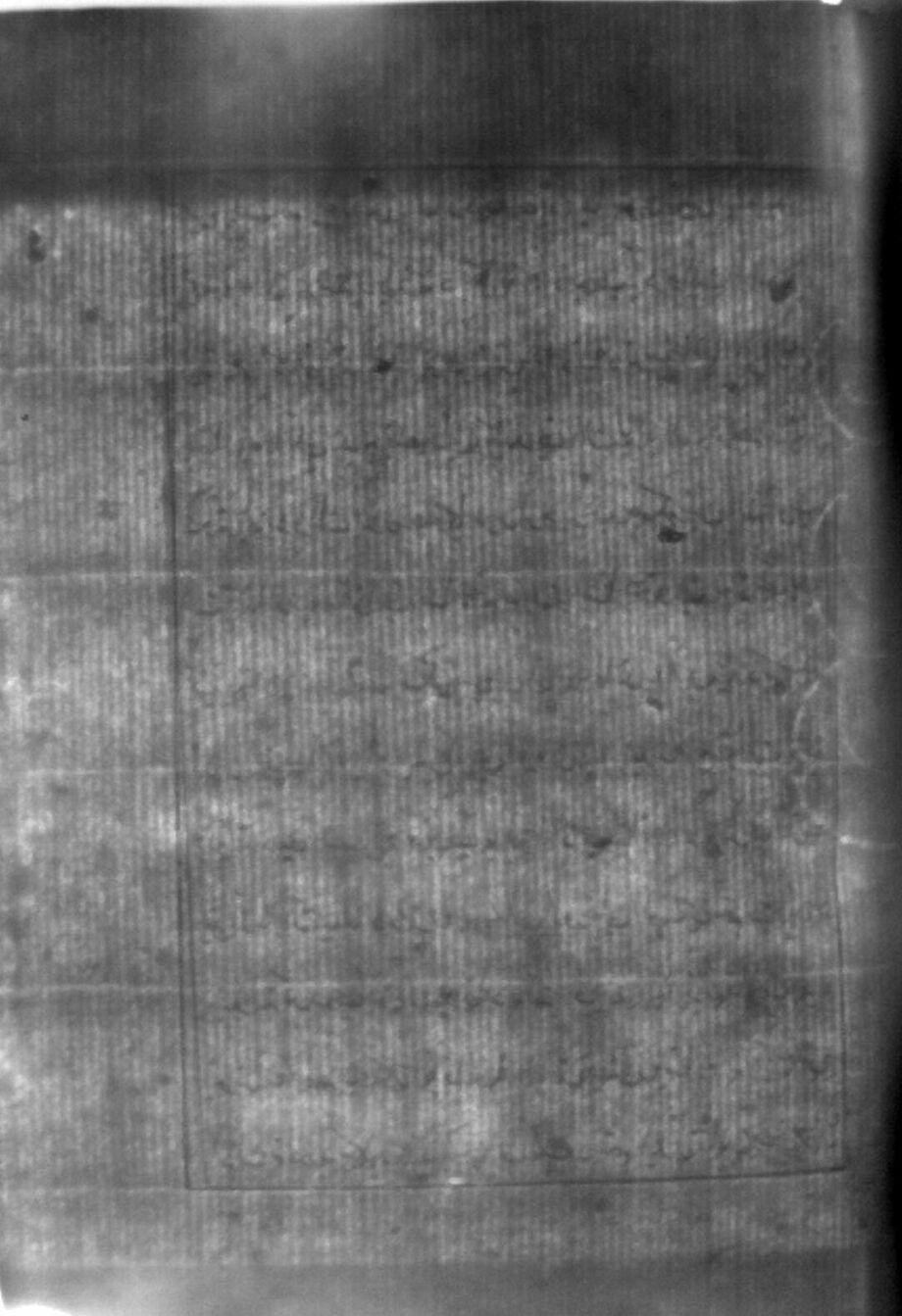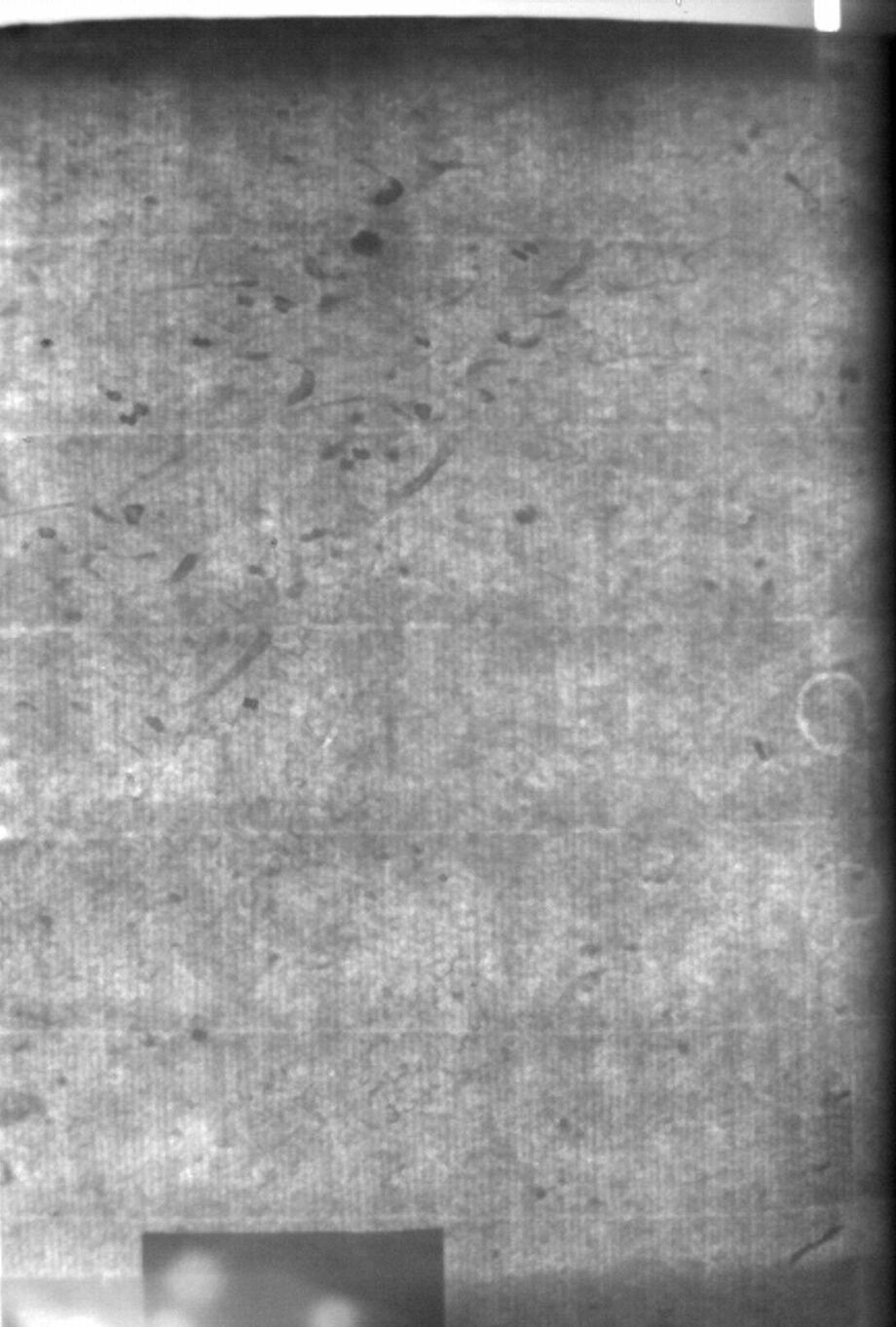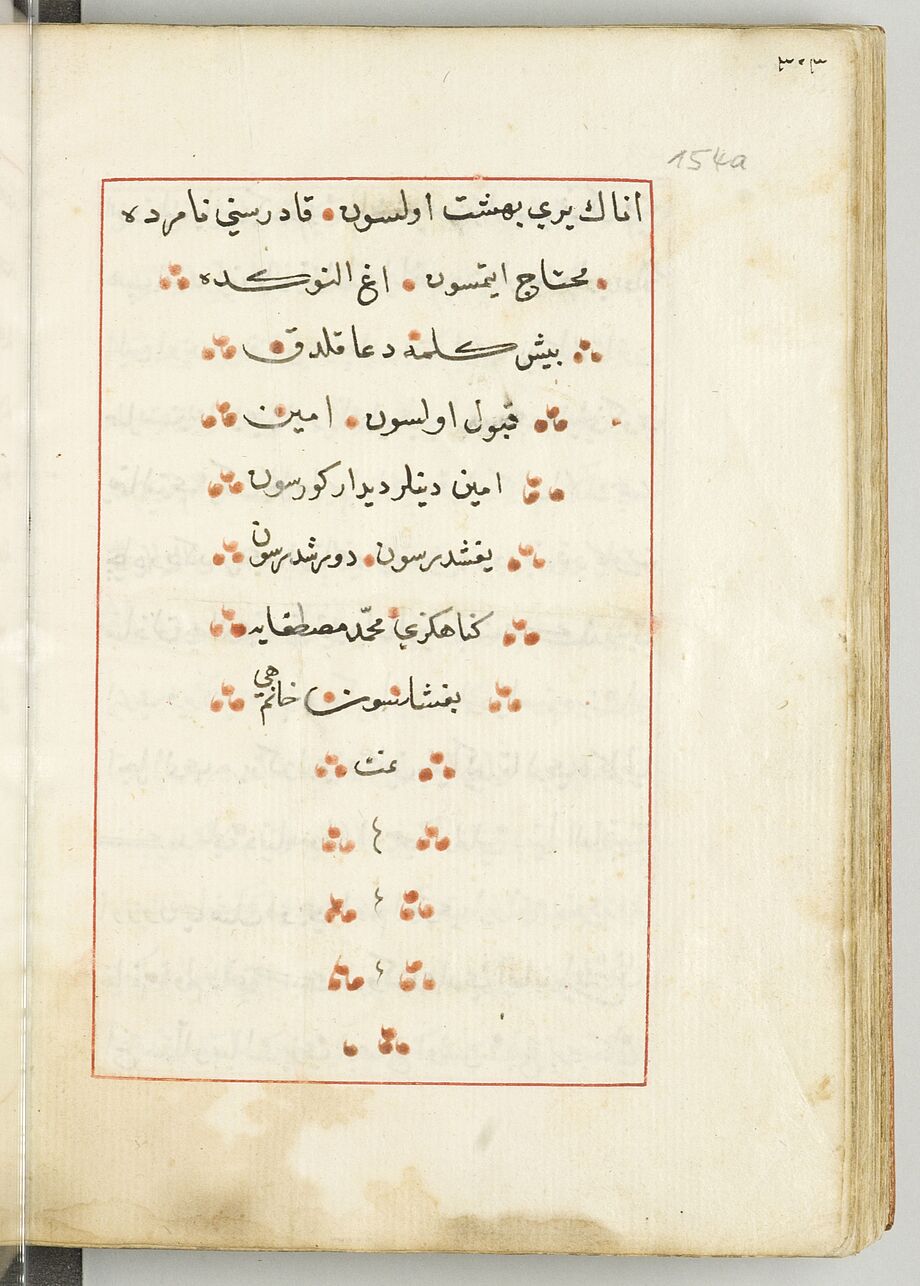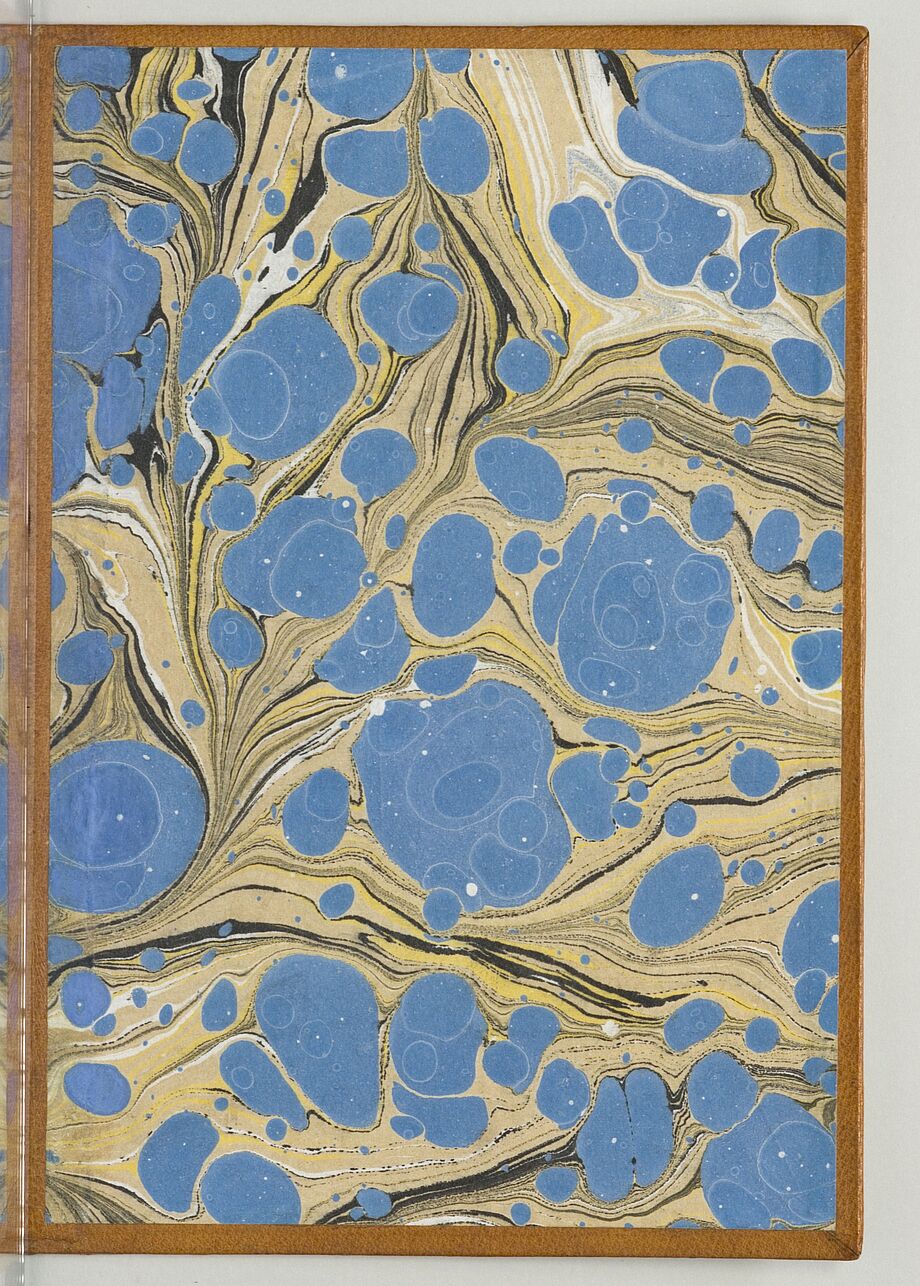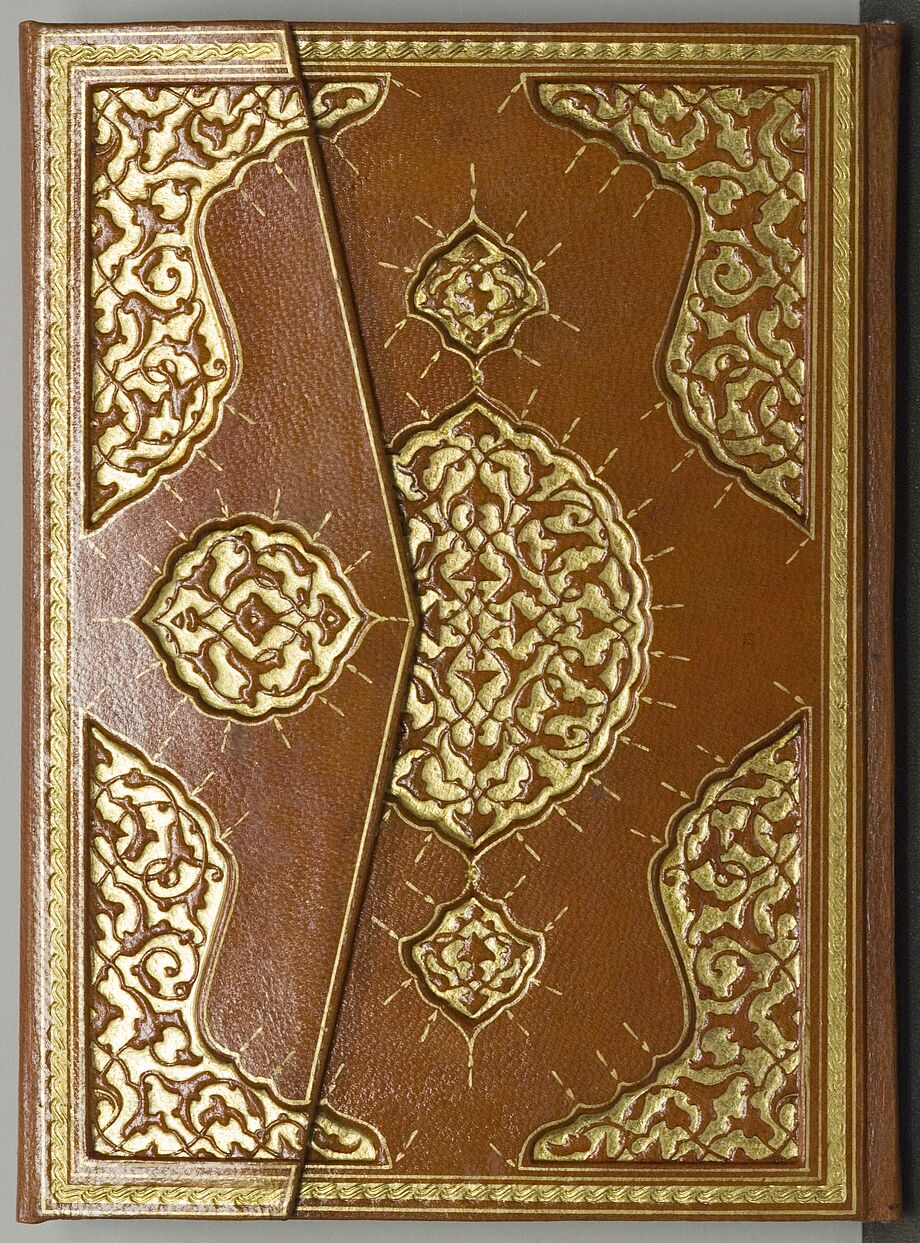Dresden manuscript
The Dresden manuscript (Mscr.Dresd.Ea.86) entitled "Kitāb-ı Dedem Ḳorḳud ʿalā lisān-ı ṭāʾife-i Oġuzān" ("Book of my Grandfather Dede Korkut in the Language of the Oghuz") contains 12 heroic stories together with an introductory collection of proverbs and is thus the most extensive of the currently known textual witnesses of the Dede Korkut book. It probably dates from the 16th century. It is presumably based on a model from the 15th century, when the Dede Korkut stories were probably collected and written down for the genealogical legitimisation and glorification of the Ottoman ruling dynasty.
It consists of 154 smoothed sheets of paper measuring 20.8 x 14.5 cm. It is counted in two different paginations: 1.) in ink (probably original) pagination in Arabic numerals (beginning with 1 on the verso page of the 2nd leaf, ending with 303 on the recto page of the 153rd leaf) and 2. 2.) in a more recent pencil pagination (beginning with 1 on the recto page of the 1st leaf, 2a on its verso page, 2 on the recto page of the 2nd leaf, 3a on its verso page, etc. until 155a on the verso page of the 154th leaf).
The text of the manuscript was written throughout by a single scribe in black ink in Arabic Nasḫ script. It contains many spelling mistakes, which may be due to the fact that the Oghuz language was no longer common at the time when the manuscript was written. Sentences or verses were separated from each other after writing by red separating dots, and the single-column script with 13 lines each was framed with a simple red ink line. Headings are written in red ink. On the bottom left of each page is a reclamant (repetition of the first word of the following page). The end of the text is in the form of a pointed column. There are no marginal notes of any kind.
The original binding of the manuscript is lost. In the 19th century, it received a plain half-leather binding with black cover and gilt spine title "Vita et gesta Dedem". During the restoration of the manuscript in 2001/02, this binding was removed and replaced by a gold-embossed leather binding with flap in the Oriental style, produced in 1999 with funds from the "Foundation for the Study of the Turkish World" (Istanbul).

